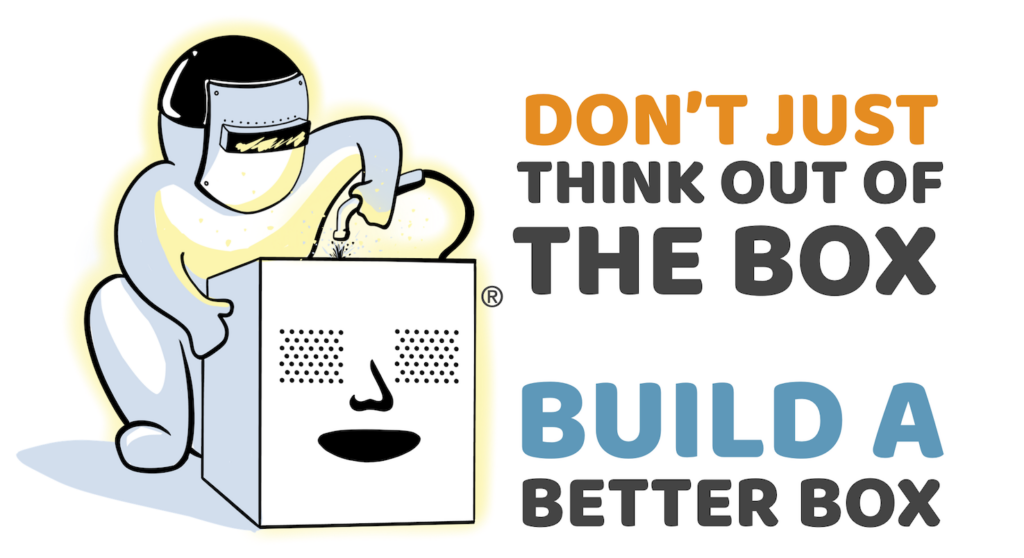
We take the phrase “Think out of the box,” literally to challenge the status quo and quickly deliver breakthrough change of any scope or scale.
“It isn’t that people don’t want to change,
it is that people don’t want to BE changed. “
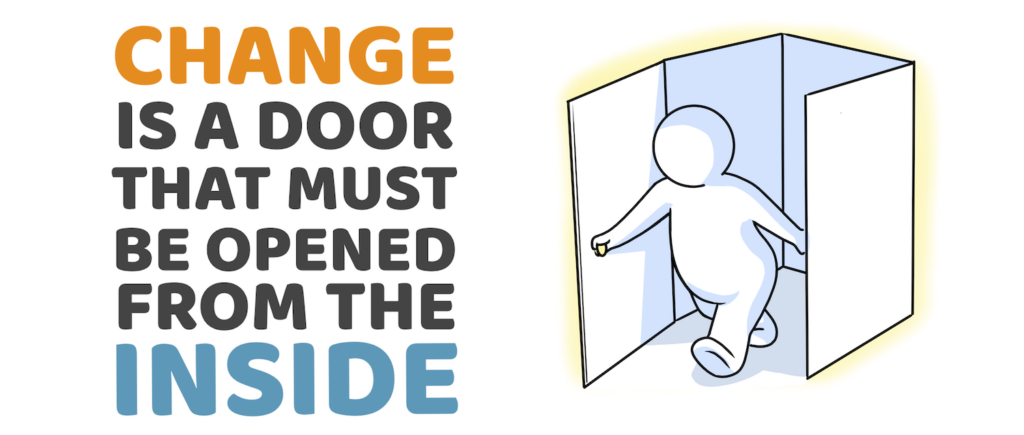
Every change begins with a shift in mindset.
We Build a B❒X to make the…
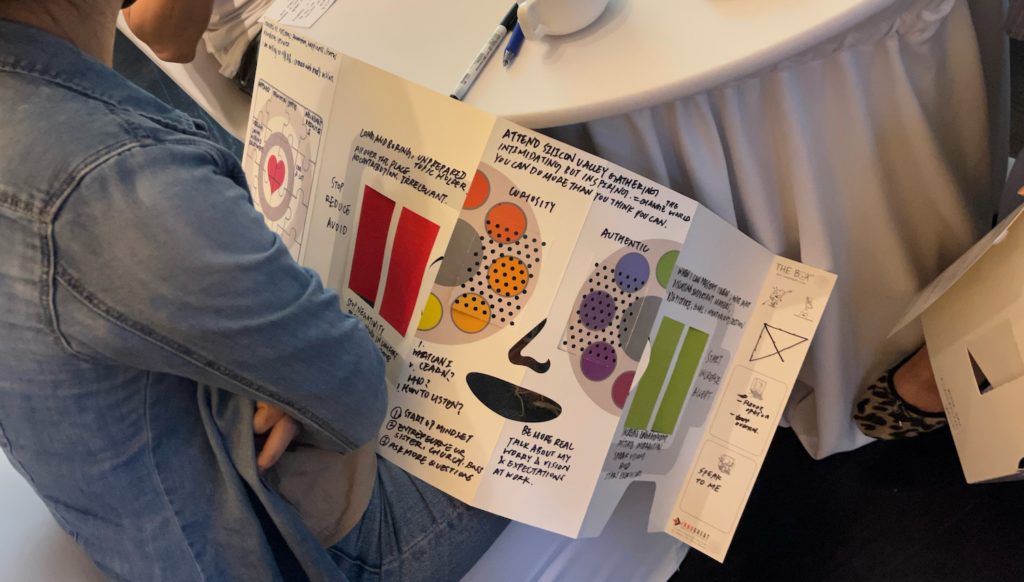
Invisible-
Visible
Awareness is the essential first step in change. Mapping your inner thinking to the B❒X generates deep insights.
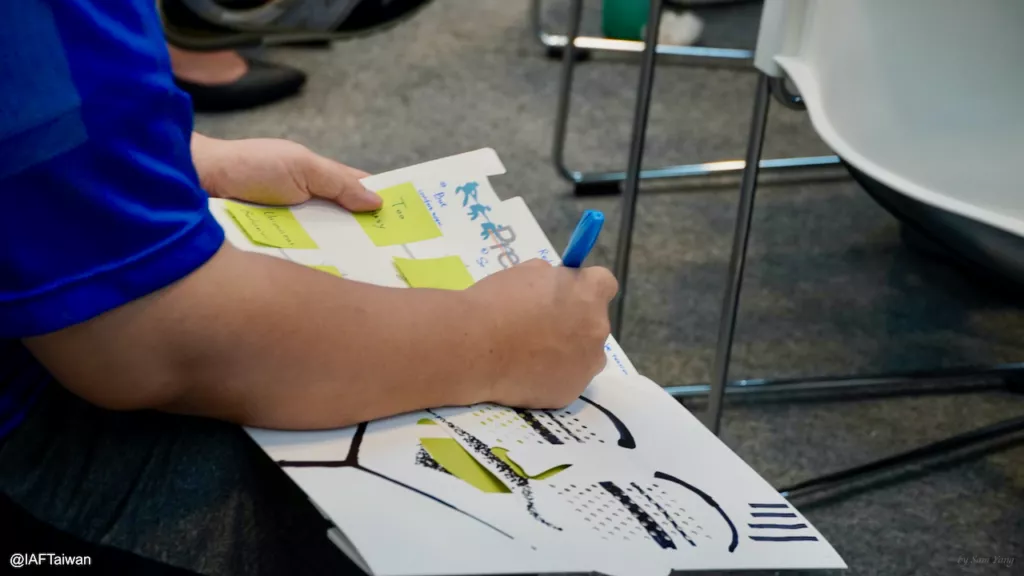
Unconscious – Conscious
The B❒X enables a depth of self-reflection and sharing that shifts unconscious bias to conscious choice.
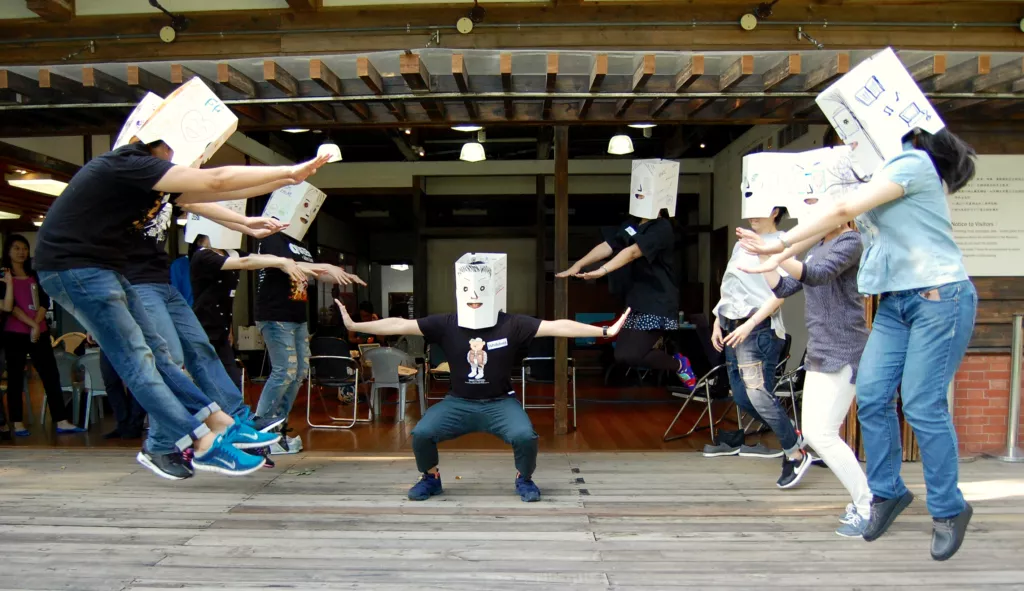
Impossible – Actionable
The B❒X has an action planning tool built in to the physical artifact that is visible, shareable and treasured by participants.
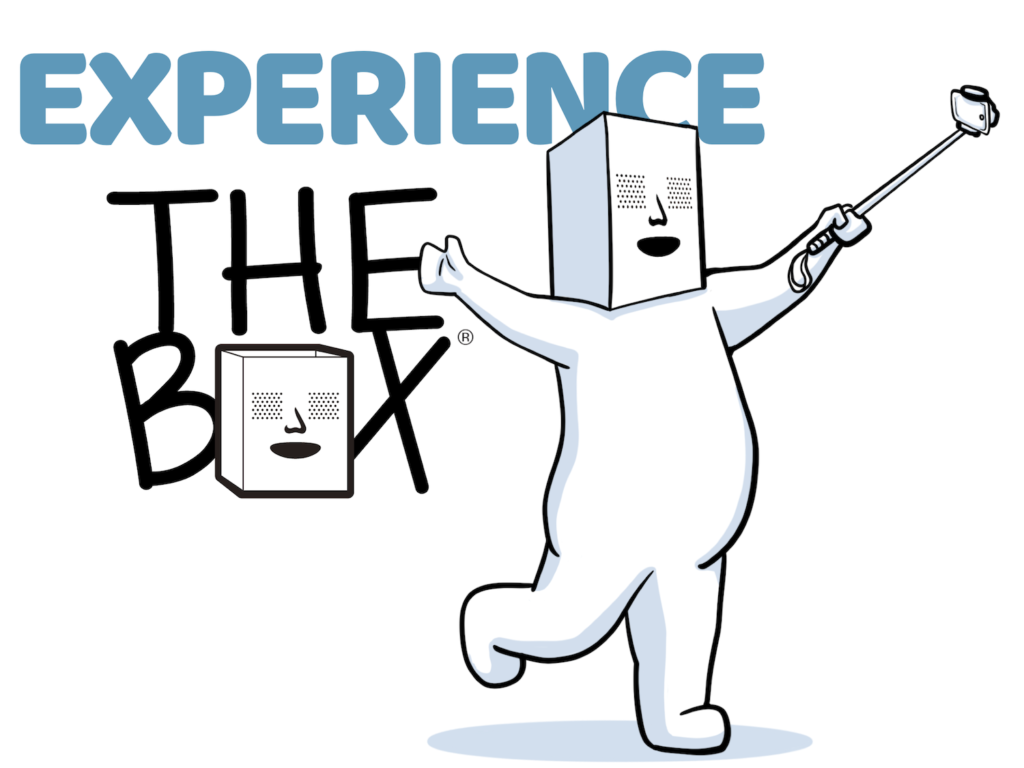
Attend an Upcoming Program
This B❒X® is Amazing
The B❒X® Difference
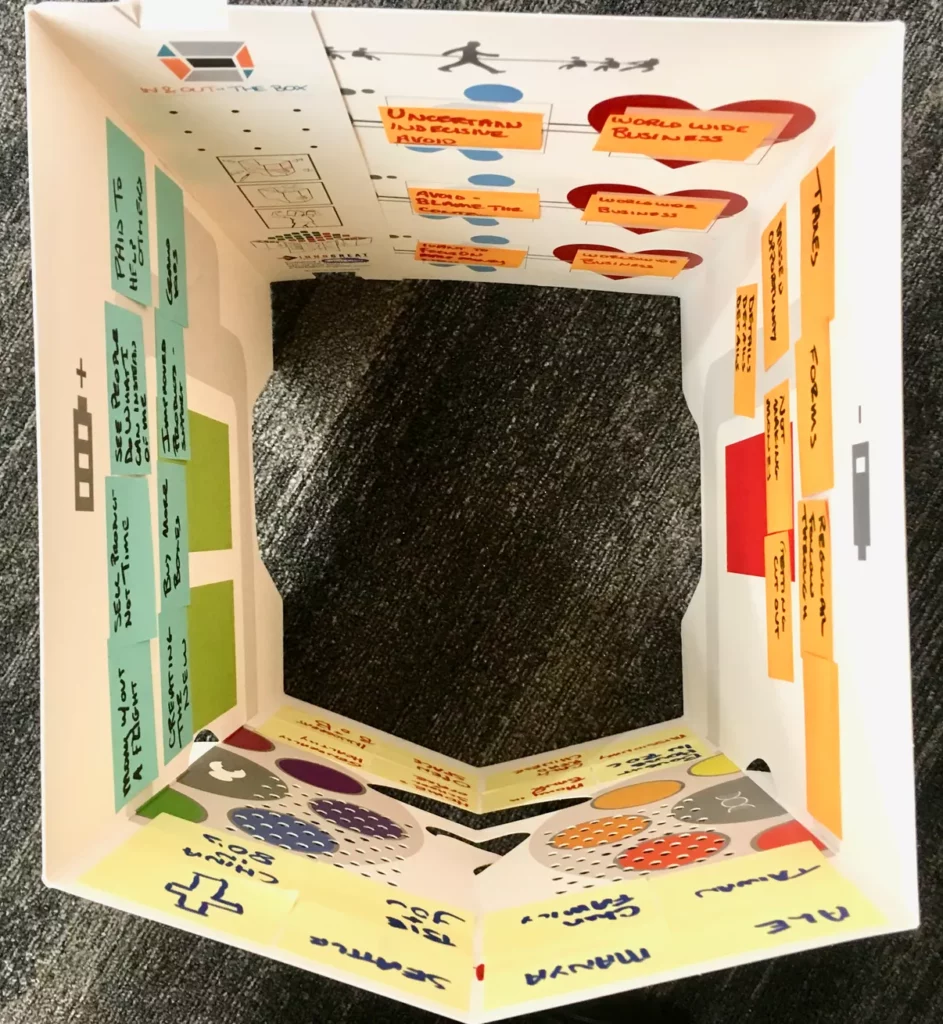
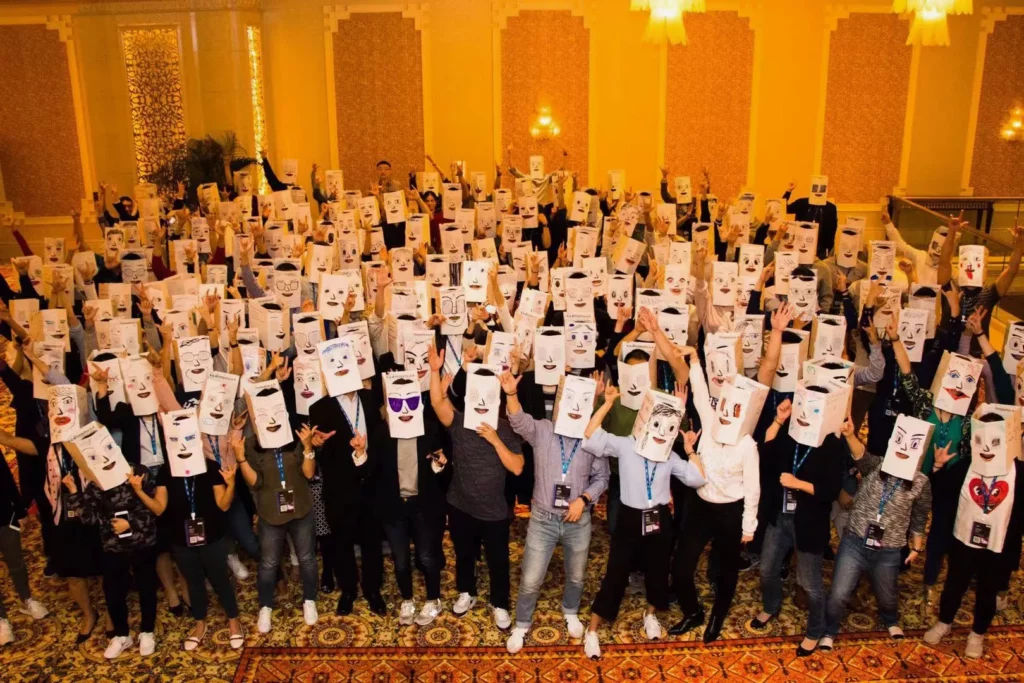
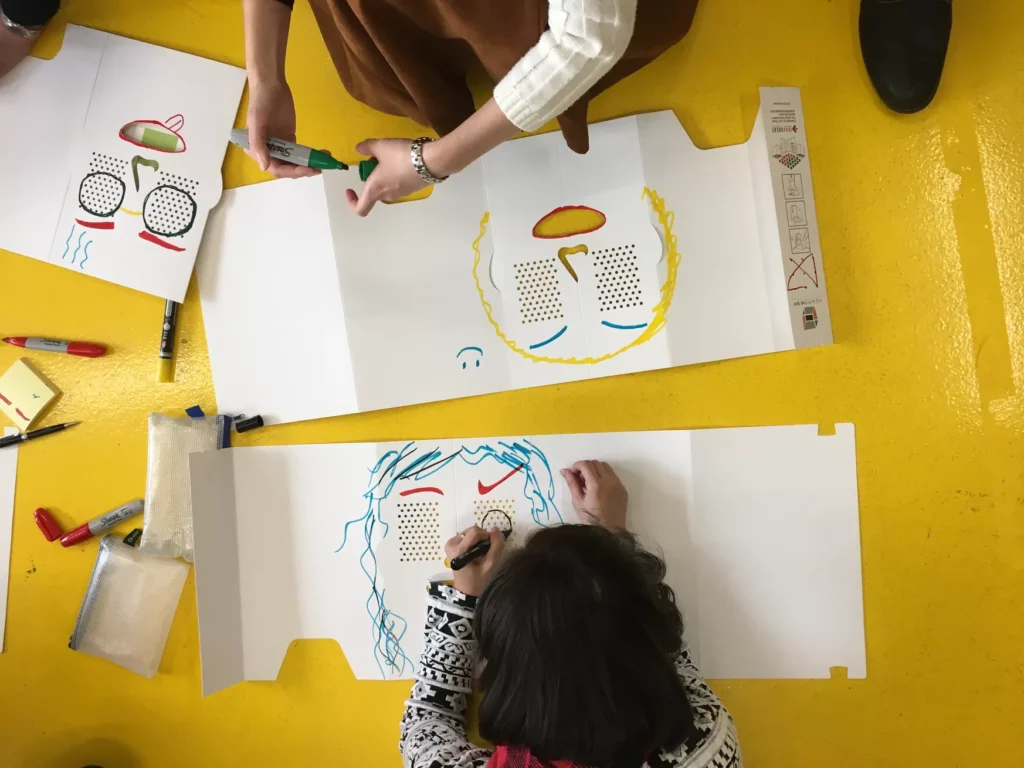
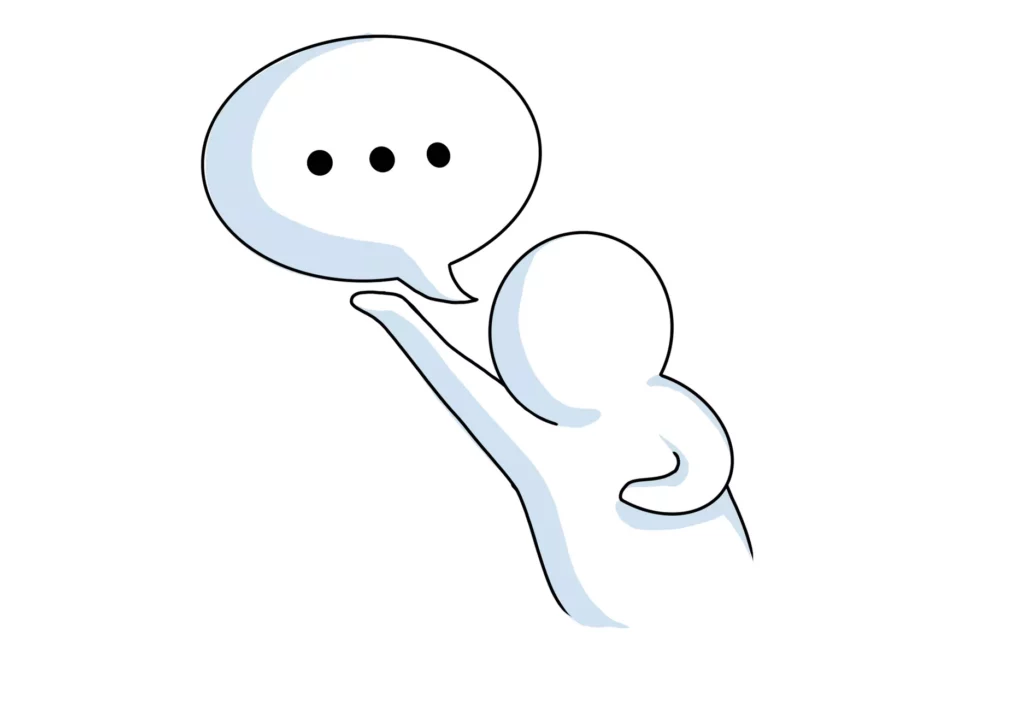
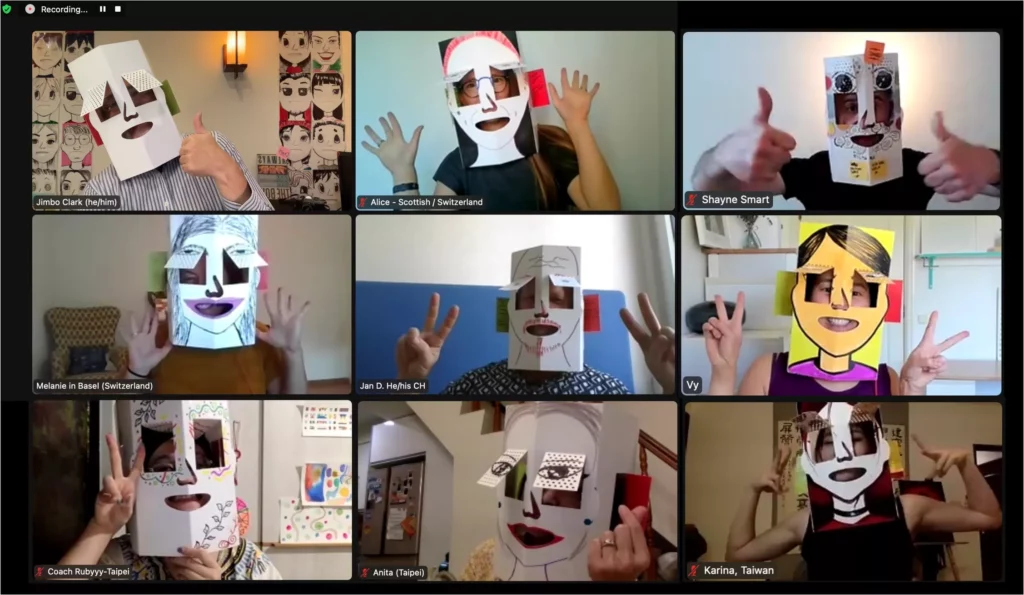
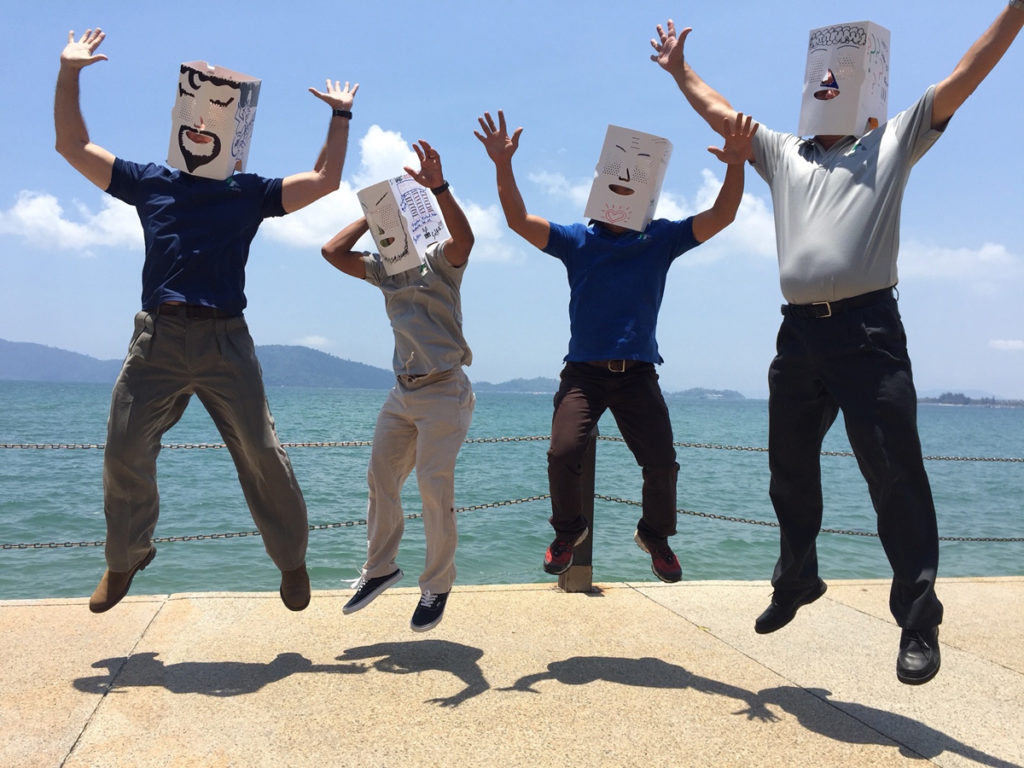
Unleash the Power of The B❒X in your organization.
B❒X® Testimonials
“This is literally a workshop in a B❒X. It is amazing that one tool can lead to so much self-awareness, empathy for others and team alignment.”
“I was blown away. The B❒X brings awareness to all the mental facets that prevent us from connecting the way we truly desire.”
“The B❒X is a rich and enlightening tool that has helped thousands of our participants deliver innovative solutions. Every client has been delighted.”
“I had been thinking of making a change, but I was stuck in my comfort zone. The Box helped me to remove those limiting beliefs, and be willing to take more risks.”
Don’t miss this opportunity to deliver change.
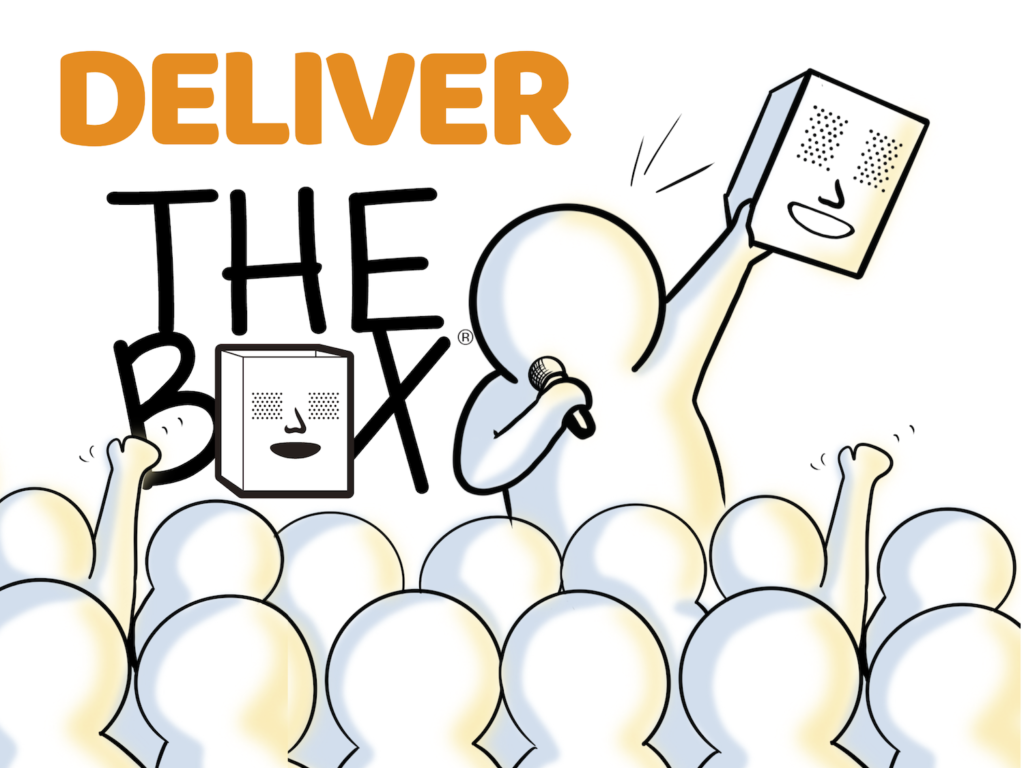
Deliver The B❒X to your team, organization or clients.



